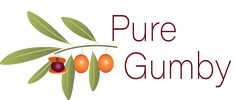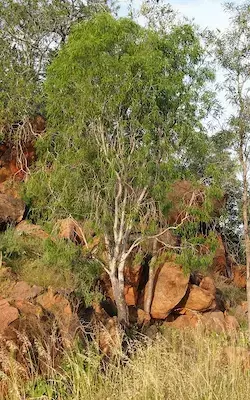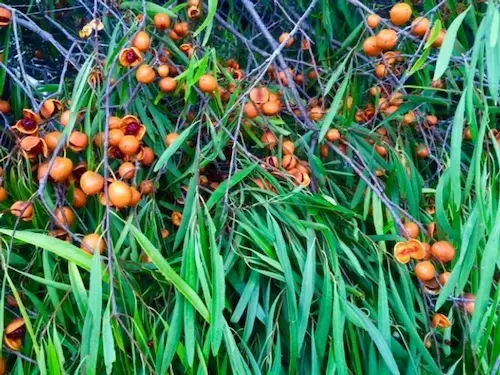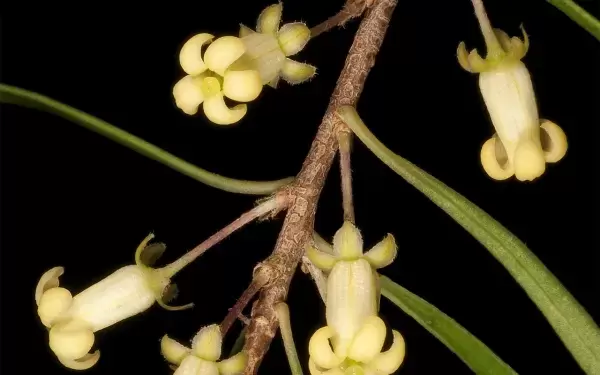Gumby Gumby Research
Pittosporum Angustifolium Benefits
DISCLAIMER
The information that has been given on this website and with associated links is as accurate as can be found and is not intended to replace any medical advice given by a certified medical professional.
Where Gumby Gumby is used, please understand that results may vary from case to case. Please contact your nearest health care professional if any symptoms occur.
The information that has been given on this website and with associated links is as accurate as can be found and is not intended to replace any medical advice given by a certified medical professional.
Where Gumby Gumby is used, please understand that results may vary from case to case. Please contact your nearest health care professional if any symptoms occur.
For those who are looking for the material we had previously on this site regarding cancer research and other healing benefits, we appolgise for its removal, but were given warning and directions to remove it from the TGA (Therapeutic Goods Administration).
Gumby Gumby Tree Identification What is a Gumby Gumby Tree?
What does a Gumby Gumby tree look like? How to Identify a Gumby Gumby Tree
|
Gumby Gumby is a tree to 10 m (33 ft), with pendulous (weeping) branches. The leaves are long and thin, 4 to 12 cm (1.5 to 4.5 in) long and 0.4–1.2 cm (0.16–0.47 in) wide. The small creamish yellow tubular flowers have a pleasant scent. Flowering occurs from late winter to mid spring. Up to 1.4 cm in diameter, the small round orange fruit resembles an apricot and can remain on the tree for several years. The wrinkled dark red seeds are held within a sticky yellow pulp. Full sun and good drainage is recommended for planting. Seeds germinate in around 17 days without any particular difficulty at 25 °C. There are around 20 viable seeds per gram.
https://plantnet.rbgsyd.nsw.gov.au/cgi-bin/NSWfl.pl?page=nswfl&lvl=sp&name=Pittosporum~angustifolium |
Where to buy Gumby Gumby Australia
Purchase Pure Gumby products from our online shop here.
Where to buy Gumby Gumby Tree for Sale
www.allrareherbs.com.au/product/gumbi-gumbi-plant
www.daleysfruit.com.au/Native-Apricot.htm
edibleeden.com.au/store/Gumbi-Gumbi-plant-Pittosporum-angustifolium-p239418476
Pure Gumby is located near Kingaroy. Other sellers of Gumby are located near Rockhampton/Yeppoon, Clermont, Chinchilla and Margate. If you compare prices from these other sellers you will find that our products are the best value for money. Pure Gumbys products are of Premium Quality at the Lowest Prices.
Where to buy Gumby Gumby Tree for Sale
www.allrareherbs.com.au/product/gumbi-gumbi-plant
www.daleysfruit.com.au/Native-Apricot.htm
edibleeden.com.au/store/Gumbi-Gumbi-plant-Pittosporum-angustifolium-p239418476
Pure Gumby is located near Kingaroy. Other sellers of Gumby are located near Rockhampton/Yeppoon, Clermont, Chinchilla and Margate. If you compare prices from these other sellers you will find that our products are the best value for money. Pure Gumbys products are of Premium Quality at the Lowest Prices.




